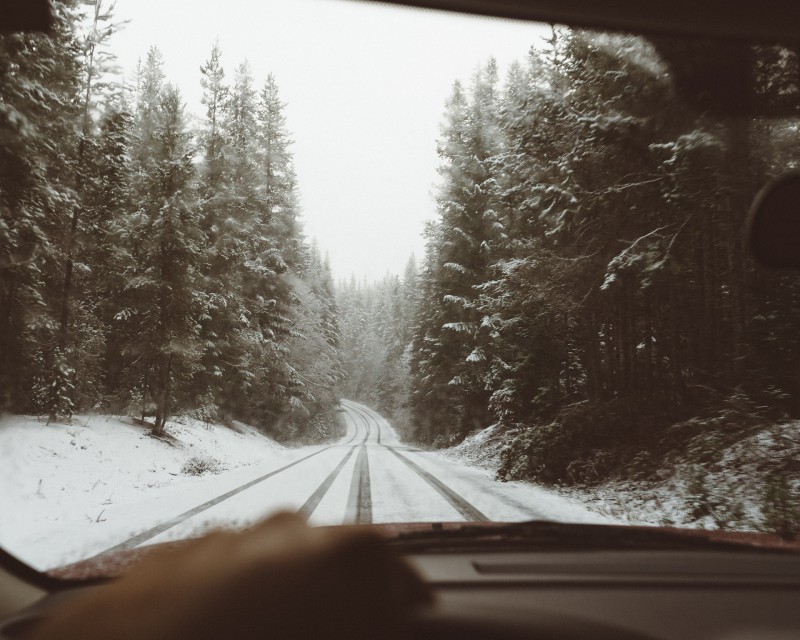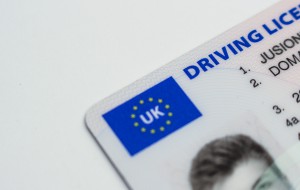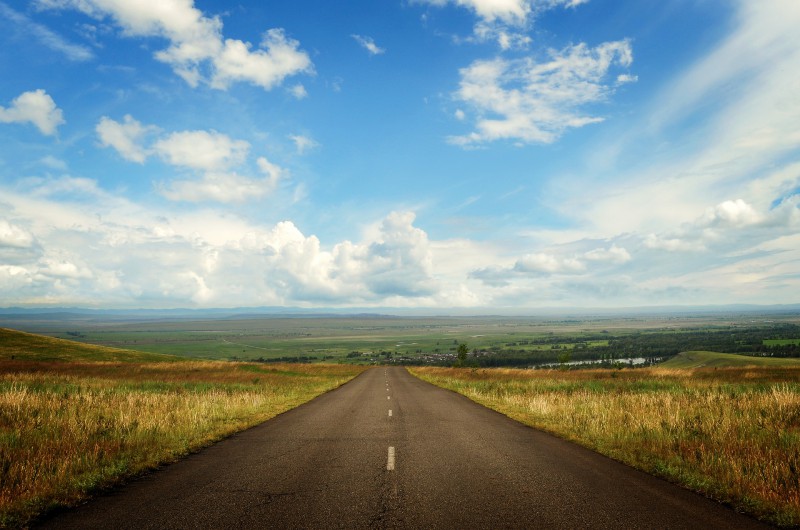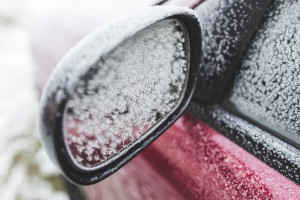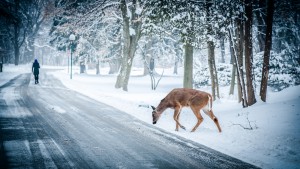Despite meteorological spring starting in a few days, the UK braces itself for cold and snow to come in the next few days, as temperatures plunge. Whilst driving in snow can be difficult and should be avoided if possible, if you do venture out, read our tips below to be car safe!
Clear your vehicle of snow
Before setting off, make sure that you clear off all snow from your vehicle, including your roof as this could come off whilst driving and obstruct your view.
Plan your trip
Prior to your journey, make sure to check your route and avoid smaller less travelled roads where possible. Motorways and other major roads are more likely to be gritted.
Tyres treads
During the winter months you should have at least 3mm of tread on your tyres. If you live in a rural area, it is worth considering winter tyres or snow chains to keep you safe and avoid a winter related accident.
Anti-Freeze
Ensure you top-up your anti-freeze fluids during the winter months, use a 50/50 mix with water.
Winter packing and survival kit supplies
Make sure that you are prepared in case you get stuck somewhere. Make sure you pack a blanket, warning triangle, torch, first aid kit, jumper cables, mobile phone charger and food (small packages are always handy to keep in your car) and fluids to drink.
Fuel
During the winter months you are more likely to get delayed, so it is important to make sure you have enough fuel for your journey (at least a quarter of a tank extra).
Once you are on the road:
- To avoid your wheels from spinning, accelerate slowly and try to get to the higher gears as soon as you can
- If you have poor visibility (less than 100m) use your fog lights until your vision improves
- Give yourself and other road users plenty of space as your stopping distance could be ten times more than normal
- Turning a corner? Make sure to brake in plenty of time before you turn the wheel, reducing your speed
- If you do skid, steer gently into it, keeping both hands on the steering wheel
- Drive more carefully and allow more time for your journey
Safe travels during this(hopefully) final winter month #CarSafety
